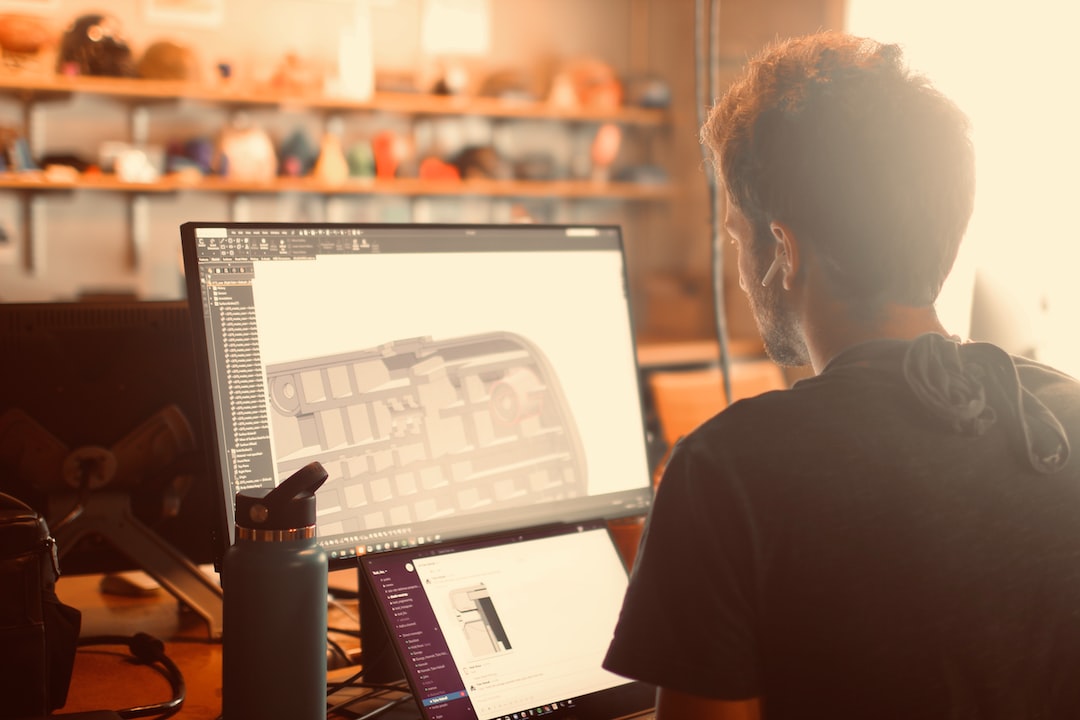With the increasing concern for climate change, there is a growing need for sustainable solutions to reduce the environmental impact of our daily lives. One significant area where sustainable solutions are being implemented is in the construction industry, specifically in the use of green building technologies.
Green building technologies encompass a wide range of practices and materials that are aimed at reducing the negative environmental impacts of buildings. These technologies are designed to minimize the use of energy, water, and other resources, while also promoting the health and well-being of people who live or work in these green buildings.
One key aspect of green building technologies is energy efficiency. Energy-efficient buildings are designed in such a way that they require less energy to heat, cool, and maintain compared to traditional buildings. This is achieved through various techniques such as installing insulation, using energy-efficient windows, and adopting smart technologies that optimize energy consumption.
Another crucial component of green building technologies is water conservation. Buildings equipped with water-saving fixtures like low-flow toilets, faucets, and showerheads help reduce water consumption significantly. Additionally, rainwater harvesting systems are increasingly being installed in green buildings to collect and store rainwater for non-drinking purposes, such as irrigation and toilet flushing.
Furthermore, green building technologies also focus on the use of sustainable materials. Traditional building materials like concrete and steel often have a high carbon footprint due to the energy-intensive manufacturing processes involved. Green buildings, on the other hand, use sustainable materials like bamboo, reclaimed wood, and recycled steel that have a lower environmental impact. These materials are also healthier for the occupants of the buildings, as they are free from harmful chemicals commonly found in traditional building materials.
In addition to energy efficiency, water conservation, and the use of sustainable materials, green building technologies also address indoor air quality. Poor indoor air quality can lead to health problems such as respiratory issues and allergies. To ensure a healthier indoor environment, green buildings incorporate proper ventilation systems, use non-toxic paints and finishes, and promote natural lighting.
Green building technologies offer numerous benefits, not only for the environment but also for the occupants of the buildings. These sustainable solutions help reduce greenhouse gas emissions, conserve resources, and lower utility bills. Moreover, green buildings have been documented to improve occupant productivity and overall well-being.
As we strive towards a more sustainable future, green building technologies are paving the way for a greener, healthier, and more energy-efficient built environment. With advancements in technology and growing awareness of environmental issues, the adoption of green building technologies is expected to continue to rise. By embracing these sustainable solutions in the construction industry, we can contribute to a better future for ourselves and generations to come.

